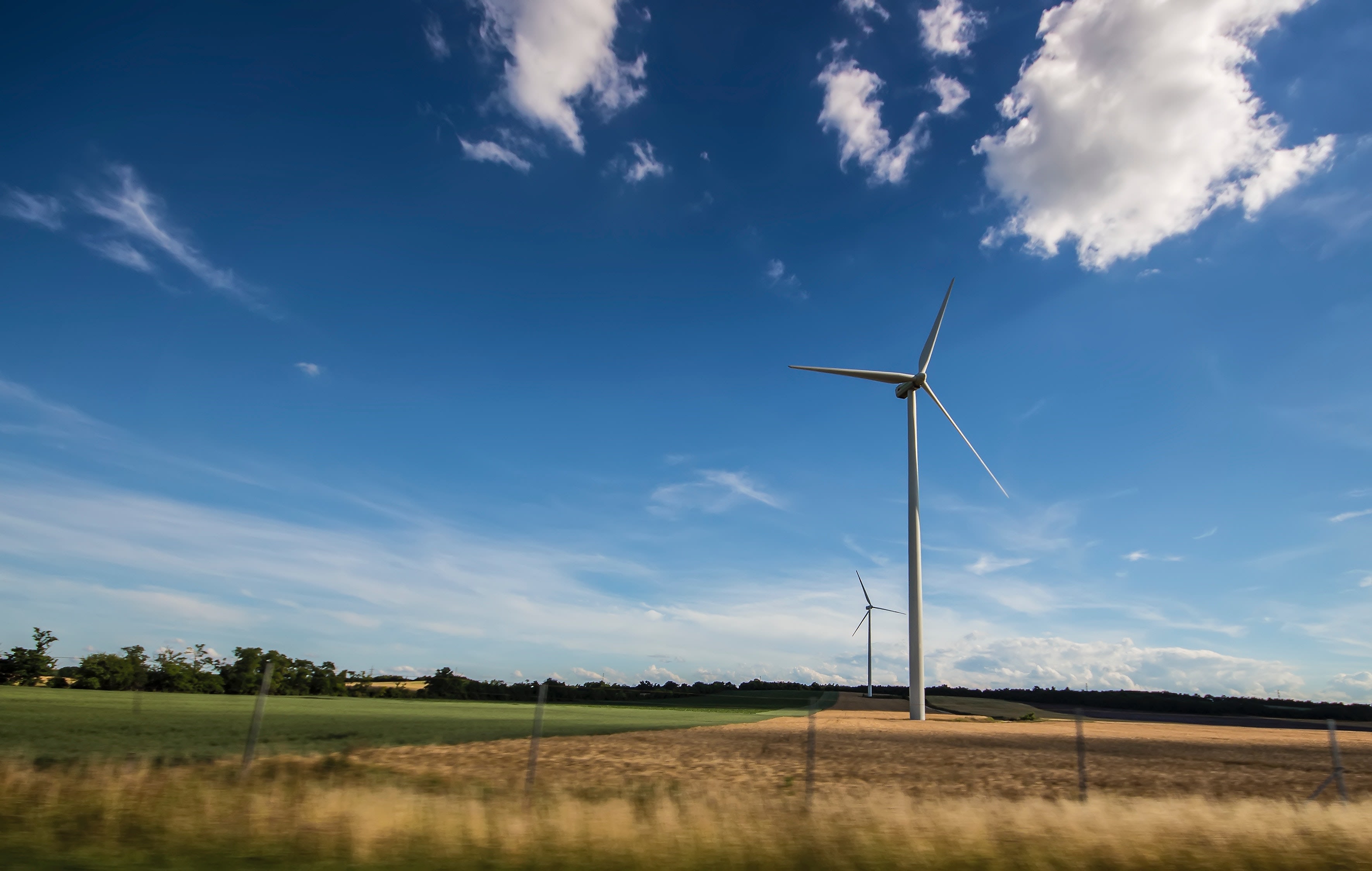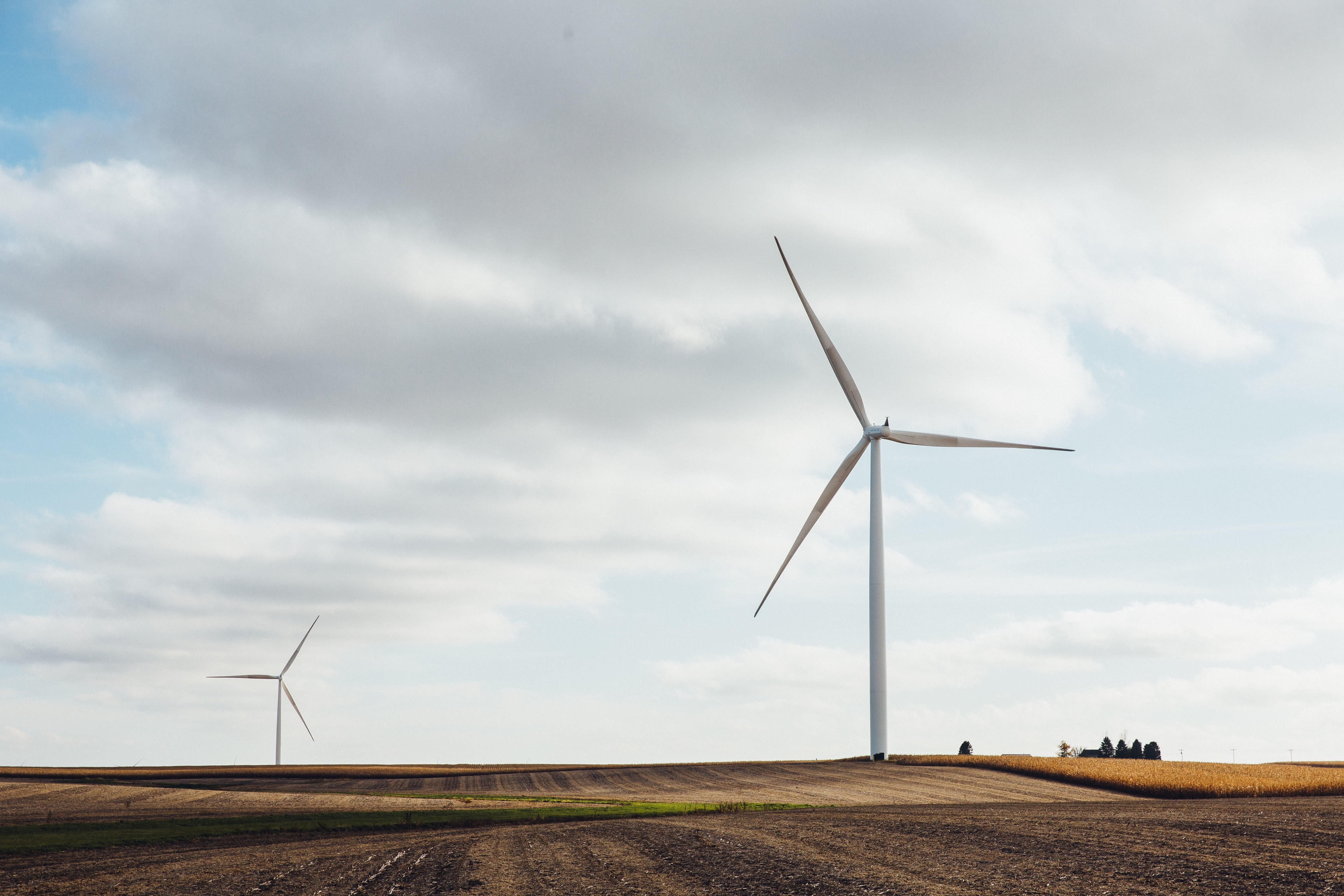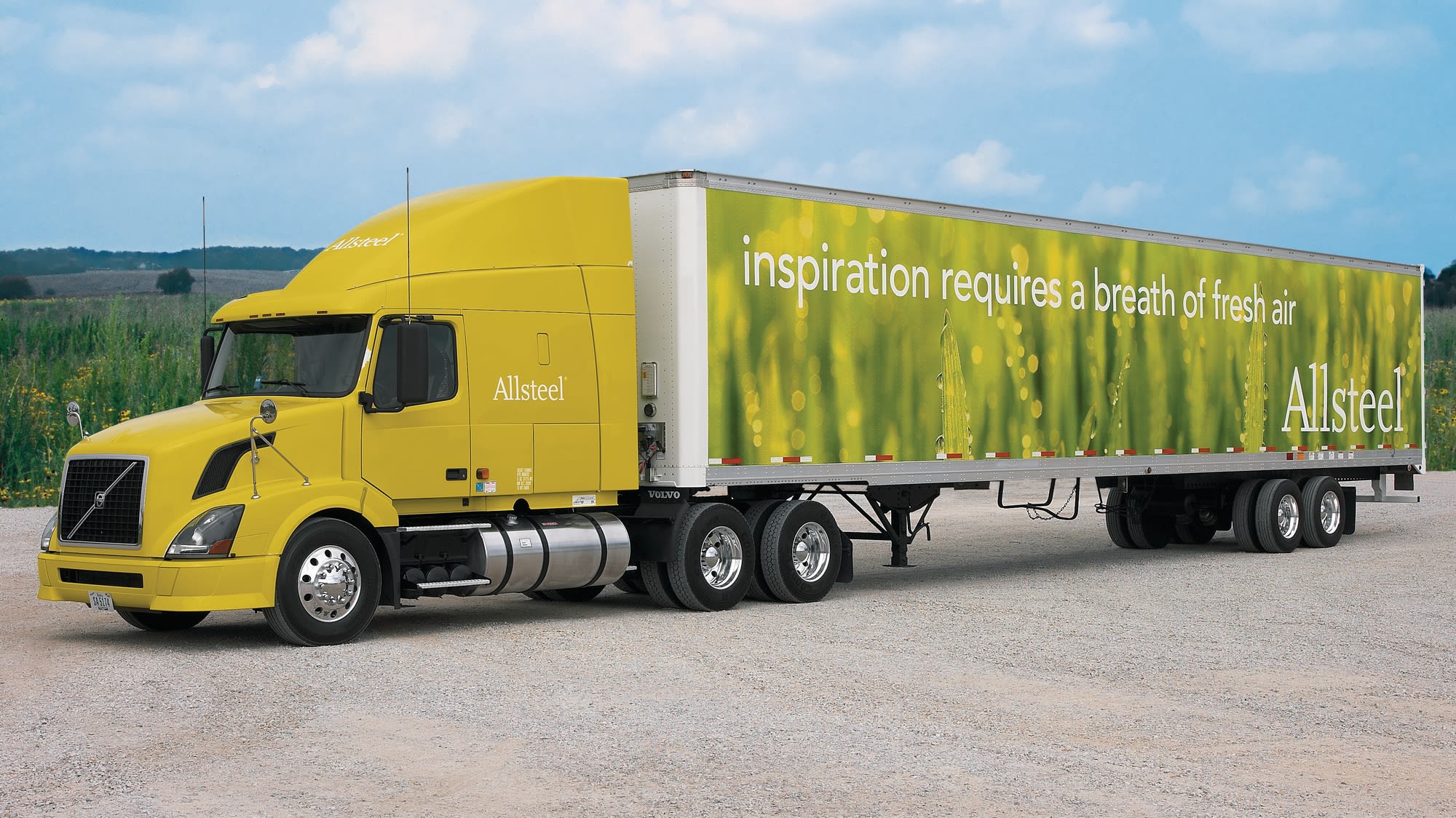Climate Sustainability
Our Carbon Smart strategy encompasses our ongoing efforts to mitigate climate change through the promotion of renewable energy use and the drastic reduction of our carbon emissions.
Allsteel has committed to sourcing 100% renewable electricity annually through 2030. This action not only supports the wise use of natural resources but will also help us cut our carbon emissions.
Understanding the life cycle environmental impacts of a product is important for manufacturers if we are to create more sustainable products. We've been studying the impacts of our products and developing third-party verified Environmental Product Declarations (EPD), which provide details about the amounts of embodied energy, water, and carbon in our products.
With our recently approved Science-Based Targets, we are actively reducing our carbon emissions to meet the most ambitious goals of the Paris Agreement. We have pledged to reduce our Scope 1 and Scope 2 greenhouse gas emissions by 35% by 2025* and reduce our Scope 3 emissions by 40% per ton of goods sold by 2035**.
To meet our Scope 1 and 2 target, we will focus on procuring 100% renewable electricity through 2030, in addition to driving energy reduction projects throughout our manufacturing facilities.
To meet our aggressive Scope 3 target, we will focus on research and development of lower embodied carbon and carbon negative materials, as well as ask our suppliers to reduce their direct and indirect carbon emissions. Our Scope 3 emissions are five times higher than our Scope 1 and 2 emissions. By heavily focusing on reducing our Scope 3 emissions, in addition to reducing the Scope 1 and 2 emissions from our operations, we will make a significant contribution to the fight against climate change. These commitments will ensure we do our part to keep the global temperature rise to less than 1.5° Celsius and help us create a better tomorrow.
Greenhouse gas emissions are categorized as Scope 1: emissions from the burning of natural gas, wood, propane, and heating oil; Scope 2: emissions from purchased electricity; or Scope 3: emissions from upstream and downstream transportation, business travel, employee commuting, purchased goods and services, waste generation, use of products, and product end-of-life.
*From our 2018 baseline.
**From a base year of 2018. The target boundary includes biogenic emissions and removals from bioenergy feedstocks..
Respecting people and the environment while creating the best product.








